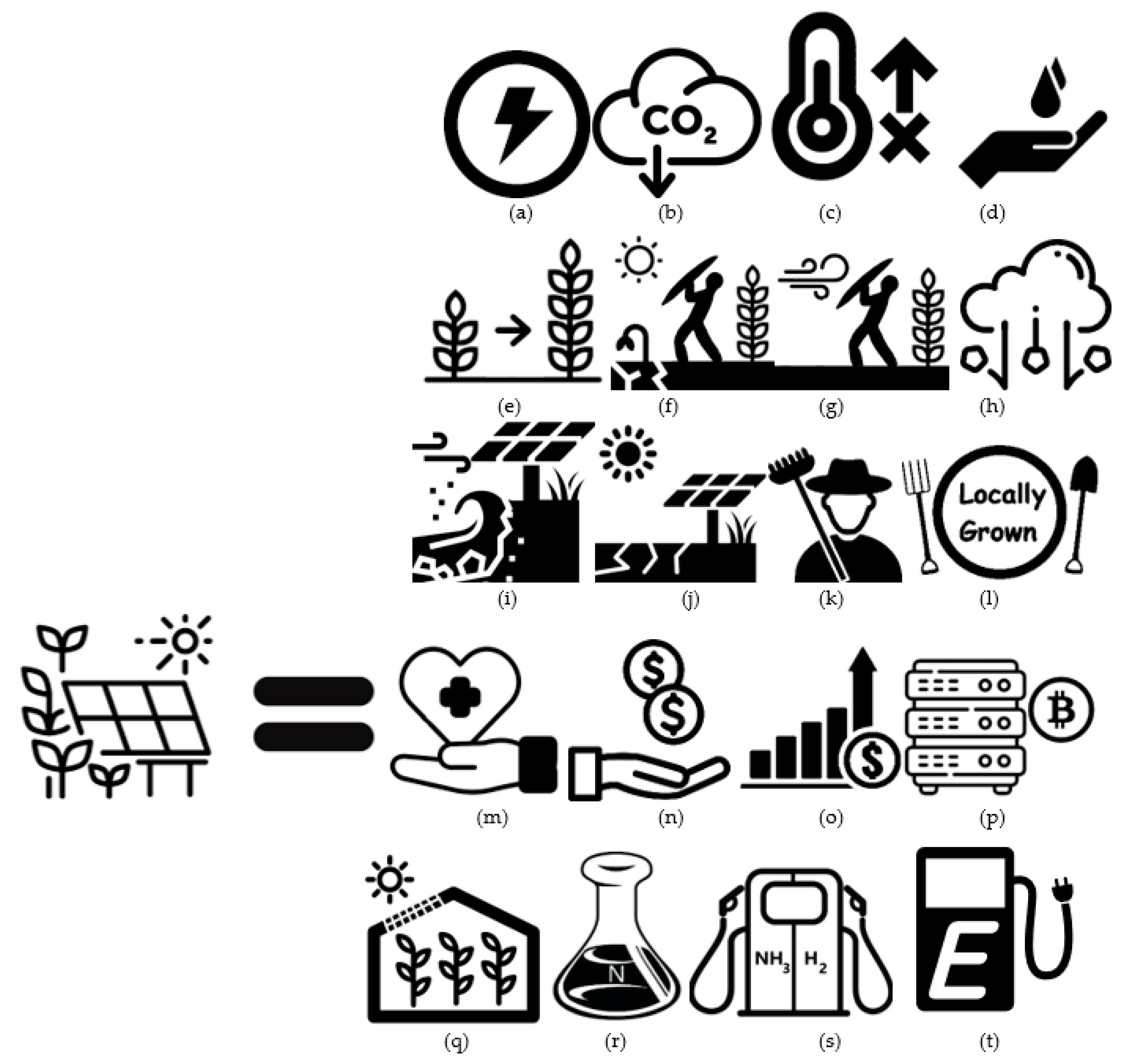Aug 22, 2024
Agriculture and Energy Future - Agrivoltaics

Image source: https://www.mdpi.com/2071-1050/15/4/3228 (a) Vertical PV system array and (b) single-axis tracking system array
August 22nd, 2024
Authors: Uzair Jamil, Niko Simos
Canadian farmers might be on the brink of a significant opportunity as governments increasingly shift away from fossil fuels in favor of renewable energy sources. Scientists at Western University has been exploring the promise of agrivoltaics, a concept that merges agriculture with photovoltaic technology. This approach envisions farms equipped with PV modules, with crops growing beneath their shade.
By analyzing government geographic information system (GIS) data, researchers identified optimal sunlight conditions for photovoltaic (PV) systems on Canadian farmland and determined which crop areas could tolerate some shading. The study evaluated two types of PV systems: vertical panels, which are horizontally aligned, and single-axis tracking systems, which adjust the panel angle to maximize sunlight capture.

Figure 1: Conventional photovoltaic potential (in kWh/kWp) of south-facing, vertically oriented arrays in the farmland regions across Canada
The Agrivoltaic Potential of Canada
The findings suggest that agrivoltaics could potentially fulfill between 25% AND 33% OF CANADA'S TOTAL ELECTRICITY DEMAND using just 1% OF THE COUNTRY’S AGRICULTURAL LAND. To meet the entire electricity requirement, converting only 4% OF AGRICULTURAL LAND to agrivoltaics would be sufficient. The research highlights that LESS THAN 1% OF AGRICULTURAL LAND in most provinces, with exceptions in Alberta, British Columbia, and the Maritimes, could be utilized to decarbonize Canada’s electricity grid. Referred to as “THE 4% SOLUTION FOR CANADA,” these results underscore the potential of agrivoltaics to significantly contribute to electricity generation and help eliminate greenhouse gas emissions from the power sector.
The potential for solar energy production using agrivoltaic systems in Canada greatly exceeds current electricity needs. This energy could be harnessed to electrify and decarbonize transportation and heating, boost economic growth by supporting the expanding computing sector, and provide green electricity to the U.S. to reduce their reliance on fossil fuels. Moreover, electricity generated from agrivoltaic farms can be utilized for storing energy through electric vehicle charging and hydrogen production, enhancing transportation.
Solar energy modelling and proposed crops for different types of agrivoltaics systems
The latest research also identifies the crops which can be well suited with vertical agrivotlaics systems. The study investigated the potential for electrical energy production from photovoltaic (PV) arrays by analyzing solar irradiation with three different spacings (5 m, 15 m, and 45 m) and three distinct Canadian farming locations—London, Calgary, and Winnipeg. Using irradiance modeling, researchers determined the optimal inter-row spacings for agrivoltaic systems at these sites, taking into account the solar radiation received and the sunlight needs of the crops. The scientists found that all traditional crops from the region, such as ARUGULA, BEETS, BOK CHOY, CELERY, CORIANDER, COLLARDS, FAVA BEANS, KALE, LETTUCE, PARSLEY, SWISS CHARD, AND THYME, could be successfully cultivated at agrivoltaic sites. However, they cautioned that a 5-meter spacing might negatively affect crop growth by insufficiently meeting their sunlight requirements. The 45-m spacing, on the other hand, did not result in any significant alleviation of solar intensity.

Figure 2: Cumulative irradiation over the growing season in each location with the 15 m inter-row spacing.
Additionally, the study assessed the land area dedicated to specific crops that are well-suited for agrivoltaics in each province and calculated their potential to generate electricity. The findings reveal that agrivoltaics could meet over 84% OF CANADA’S TOTAL ELECTRICITY needs when applied to agricultural land growing these crops in the three provinces.
Agrivoltaics have demonstrated significant benefits for various crops, including corn, lettuce, potatoes, tomatoes, wheat, and pasture grass. Research globally indicates that partial shading from solar panels enhances crop yields. This boost is attributed to the favorable microclimate beneath the panels, which conserves water and shields plants from excessive sun, wind, hail, and soil erosion. As a result, more food can be produced per acre, potentially leading to a reduction in food prices.

Figure 3: Services and benefits provided by agrivoltaic applications include: (a) renewable electricity generation, (b) decreased greenhouse gas emissions, (c) reduced climate change, (d) water conservation, (e) increased crop yield, (f) plant protection on farm from excess solar energy, (g) plant protection on farm from excess wind, (h) plant protection from hail, (i) prevents soil erosion, (j) reverses desertification, (k) maintains agricultural jobs, (l) local food production, (m) improved health by reducing pollution for power generation, (n) increased revenue for farmers, (o) an economic hedge against inflation, (p) energy for servers and cryptocurrency miners, (q) integrated greenhouses, (r) on-farm production of nitrogen fertilizer, (s) production of renewable fuels on farm such as hydrogen or anhydrous ammonia, and (t) electricity generation for EV charging.
Publicly accessible research on agrivoltaics is expected to enhance the optimization of these systems for regional needs and can be paired with educational initiatives to boost social acceptance of large-scale photovoltaic (PV) projects. To accelerate the adoption of agrivoltaics technology, it is crucial to clearly define and categorize this technology, establish standards, implement supportive regulations and frameworks, and create programs and policies that incentivize agrivoltaics over traditional PV systems. Research for Alberta and Saskatchewan suggests that by adopting these strategies, Canada can advance both conservation and sustainability in its food and energy sectors while meeting its renewable energy and climate objectives.
